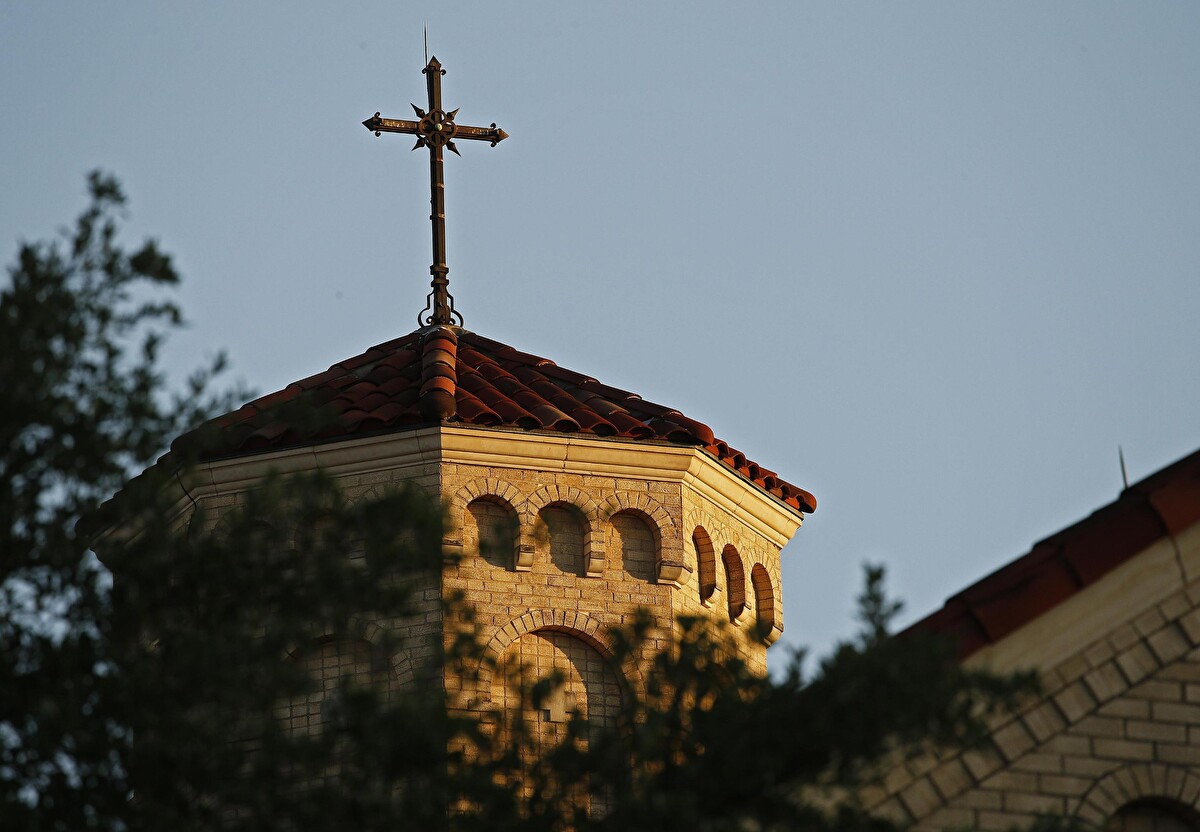Nearly a week after the U.S. carried out coordinated strikes on three Iranian nuclear facilities, the Pentagon has disclosed new information about the raid on the underground site at Fordow, described by officials as one of the most technically complex operations in recent military history.
While the Trump administration insists the attacks inflicted major damage, an internal assessment from the Defense Intelligence Agency (DIA) appears to undermine that narrative, suggesting the operation may have delayed Iran’s nuclear program by only a matter of months and left critical infrastructure intact.
The contradictions came to the surface during an early morning briefing on 26 June, where Defense Secretary Pete Hegseth defended the White House’s line in uncompromising terms. “Decimating—choose your word—obliterating, destroying,” Hegseth told reporters, brushing aside the DIA’s findings as a “low confidence” report “with gaps in the information.”
General Dan Caine, chairman of the Joint Chiefs of Staff, offered a meticulous breakdown of the Fordow operation, but declined to comment on the outcomes of the other two targets — Natanz and Isfahan — leaving crucial questions unanswered. Chief among them: what became of the 880 pounds of enriched uranium believed to have been buried in the tunnels beneath Isfahan? And what was actually destroyed at Natanz?
Caine said the Fordow raid, carried out on 21 June by B-2 stealth bombers, was the product of more than 15 years of preparation. Two officers with the Defense Threat Reduction Agency had been studying the fortified facility for over a decade, contributing to the development of the Massive Ordnance Penetrator, a precision “bunker buster” designed specifically for hardened sites like Fordow.
Twelve such bombs were used in the strike, aimed at two ventilation shafts that, according to US intelligence, Iran had attempted to reinforce with concrete in the days prior. The first bomb would open the shaft, followed by four others travelling at over 1,000 feet per second. A sixth served as a contingency in case any of the previous munitions failed. “All six bombs went exactly where they were intended to go,” Caine said.
He presented reporters with footage of a test bomb penetrating a concrete shaft and an image of the hole it left behind. “Unlike a normal surface bomb, you won’t see an impact crater,” he noted, pointing to the underground nature of the target.
Despite the technical precision described, both Hegseth and Caine declined to provide any detail on what happened at Natanz, hit by two penetrator bombs, or Isfahan, struck by missiles launched from a US Navy submarine. There was also no word on whether Iran’s uranium stocks had been destroyed, moved, or left untouched.
Satellite images taken in the days leading up to the strike, and released by Maxar Technologies, showed a line of cargo trucks positioned outside Fordow, prompting speculation that Iran may have relocated sensitive equipment in advance. Iranian officials have since suggested that some nuclear materials were indeed removed from the facility before the strikes.
Pressed on whether the US had reliable intelligence on what, precisely, was inside the sites at the moment of impact, Hegseth was noncommittal. “We’re looking at all aspects of intelligence and making sure we have a sense of what was where,” he said.












